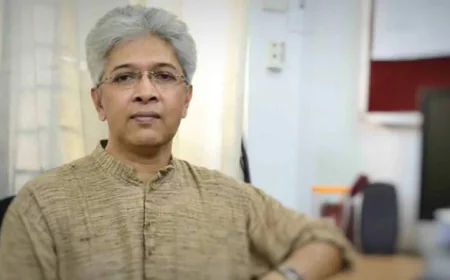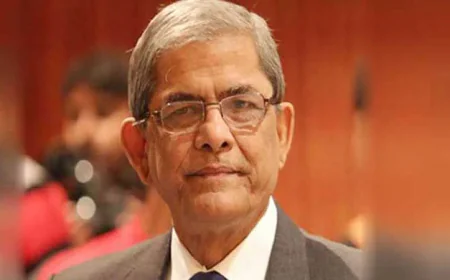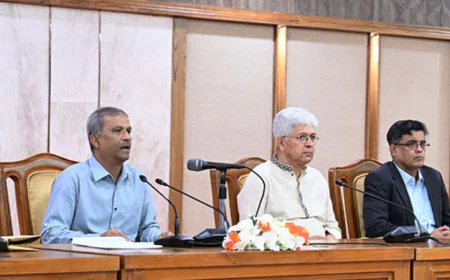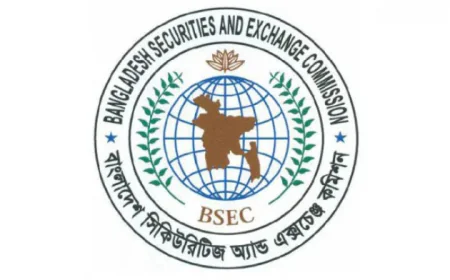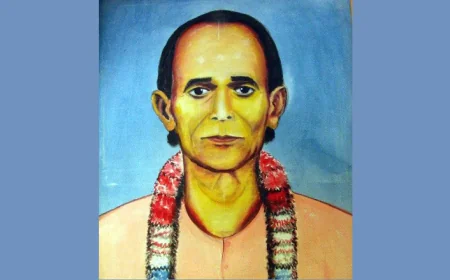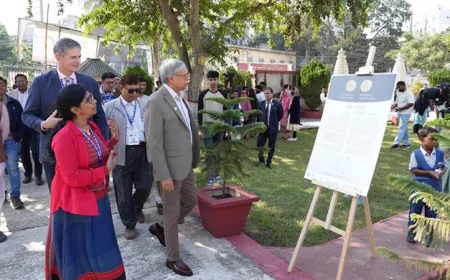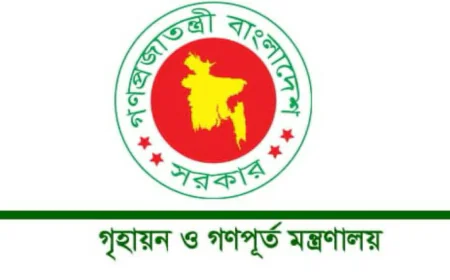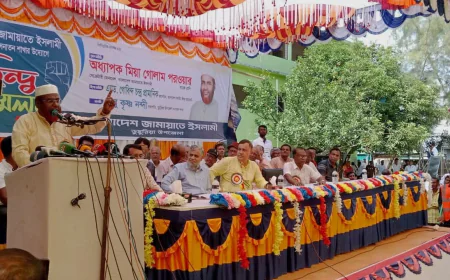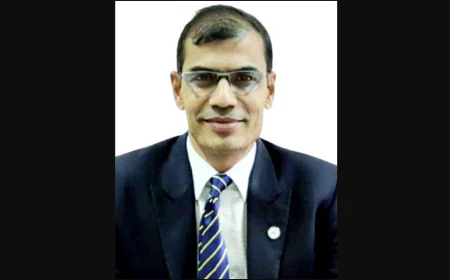Opinion / What Comes Next?
India-Pakistan Agree to Ceasefire
U.S. Helped Broker Peace, Says ‘Proud’ Trump on India-Pakistan Truce
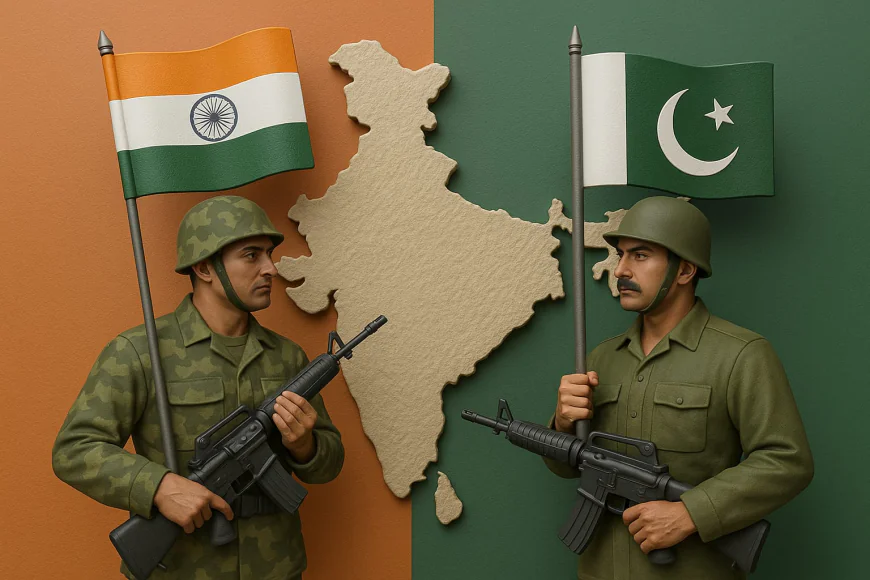
In a rare diplomatic breakthrough, India and Pakistan have announced a mutual agreement to uphold a ceasefire along the Line of Control (LoC) and all other sectors, effective immediately. This unexpected move — formalized through a joint statement from the Director Generals of Military Operations (DGMOs) on both sides — has generated cautious optimism across the region and among international observers.
This agreement revives the spirit of the 2003 ceasefire understanding, which brought relative peace to the border for several years but has suffered significant breakdowns in recent times. The announcement comes amid mounting domestic pressures in both countries and heightened global scrutiny of regional stability in South Asia.
India and Pakistan have fought three full-scale wars and numerous skirmishes since their independence in 1947, two of them over Kashmir. The LoC — the de facto border dividing Indian-administered and Pakistan-administered Kashmir — has long been one of the most heavily militarized zones in the world.
The 2003 ceasefire agreement had provided a measure of relief, reducing hostilities and enabling people living along the LoC to resume semi-normal lives. However, the last decade has seen that truce fray, with frequent accusations of ceasefire violations, infiltration, and counterattacks.
According to India’s Ministry of Defence, over 14,000 violations have occurred since 2010. In 2020 alone, over 5,100 ceasefire violations were reported — the highest in over a decade. Pakistan has cited similar figures, blaming India for initiating most incidents.
The renewed agreement was announced following a rare direct communication between the two military establishments on February 25, [year], where both sides “agreed to address each other’s core issues and concerns.” The phrase “core issues” is being interpreted variously — with Pakistan emphasizing Kashmir, and India reiterating its concern over cross-border terrorism.
While officials have not disclosed the exact process leading to the agreement, diplomatic sources suggest months of low-profile back-channel talks between security advisors, possibly facilitated by third parties such as the United Arab Emirates. The timing also coincides with regional reconfigurations — particularly after the U.S. withdrawal from Afghanistan and growing Chinese influence along India’s northern borders.
India Prime Minister Narendra Modi’s administration has maintained a tough stance on Pakistan, especially following the 2019 Pulwama terror attack and the subsequent Balakot airstrikes. The revocation of Jammu and Kashmir’s special status (Article 370) in August 2019 further worsened ties. However, India faces growing security concerns on multiple fronts — particularly with ongoing tensions along the Line of Actual Control (LAC) with China — making the de-escalation with Pakistan potentially strategic.
Pakistan Prime Minister Imran Khan’s government is contending with severe economic challenges, including a balance-of-payments crisis and high inflation. The military, widely seen as the country’s most influential institution, has also faced increasing calls for prioritizing internal stability over external confrontation. Analysts suggest that the Pakistan Army, led by the then-Chief of Army Staff General Qamar Javed Bajwa, has been instrumental in recalibrating Pakistan’s security priorities.
Impact on Border Communities
Perhaps the most immediate and tangible beneficiaries of this ceasefire are the civilians living along the LoC. Entire generations have grown up in conflict zones, facing nightly shelling, displacement, destroyed homes, and lost livelihoods. Villages in districts like Kupwara, Rajouri, Poonch, and Baramulla have often been caught in the crossfire.
Residents have expressed hope that the new ceasefire holds longer than previous ones. “Every few months we are told peace is coming,” said Shabnam Bano, a schoolteacher in Uri. “Then the shelling starts again. This time we are hoping they mean it.”
In Pakistan-administered Kashmir, families are reportedly beginning to return to their homes near the LoC, hoping to resume farming and rebuild lives.
Skepticism and Strategic Caution
Despite the positive optics, observers remain wary. Previous peace initiatives have failed due to trust deficits, political instability, or provocations — often from non-state actors. Key flashpoints remain:
- Kashmir Dispute: While Pakistan insists that Kashmir is the core issue, India considers the region an integral part of its territory. There is little indication that either side has shifted its position.
- Cross-border Terrorism: India continues to demand verifiable action from Pakistan against terror outfits like Jaish-e-Mohammed and Lashkar-e-Taiba, which it holds responsible for major attacks.
- Diplomatic Freeze: High commissioners remain downgraded, trade ties are suspended, and even cultural exchanges have ceased.
The ceasefire has drawn praise from global actors, including the United Nations, the U.S., the European Union, and the Gulf states. The Biden administration, in particular, welcomed the move, emphasizing the importance of regional stability and conflict de-escalation.
China, while officially neutral, has maintained diplomatic ties with both countries and may view this ceasefire as a stabilizing factor in the broader Indo-Pacific calculus.
The big question remains: Is this ceasefire a one-off tactical pause or the beginning of a larger peace process?
Some analysts see this as a foundation for incremental confidence-building measures, such as:
- Restoring diplomatic envoys.
- Resuming religious pilgrimages and visa services.
- Reopening trade across the LoC.
- Reviving Track-II diplomacy (civil society and academic engagement).
Others, however, point out that without political dialogue and resolution of underlying grievances, the ceasefire may be temporary.
“There’s potential here,” says Dr. Happymon Jacob, a strategic affairs expert at Jawaharlal Nehru University. “But peace in South Asia has often been a cycle of hope and disappointment. Only sustained political courage will change that.”
The India-Pakistan ceasefire agreement offers a rare moment of reprieve in a region long plagued by hostility and suspicion. For those living on the margins of the LoC, it is a welcome, if tentative, breath of fresh air. Yet for it to become more than just a pause in hostilities, both sides must engage in deeper diplomacy and trust-building.
The guns may be silent — for now. But true peace, as history has shown, demands more than an agreement. It demands dialogue, empathy, and above all, political will.



